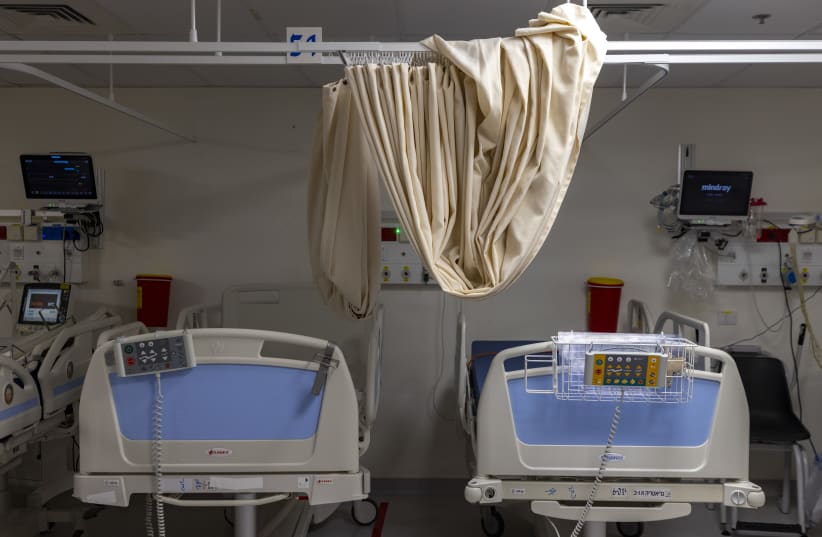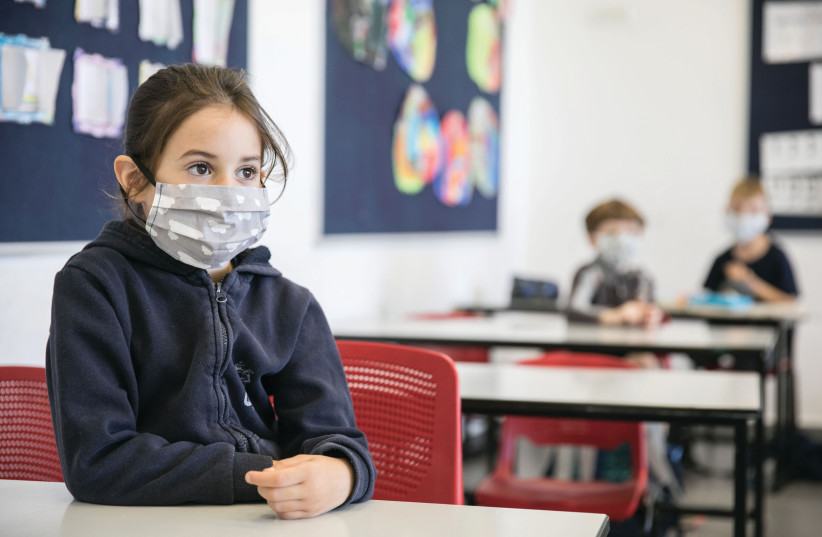There were 734 new virus carriers identified, out of 47,000 people screened. The number of tests processed on Shabbat is significantly lower than on weekdays. Last week, for example, between 93,000 and 120,000 tests were processed each weekday.
The data confirm the encouraging trends that the country has been recording over the past few weeks. The number of serious patients dropped to 388 from more than 730 just three weeks earlier; only 157 patients were intubated as of Sunday morning, down from more than 200; and the daily death toll has recently been fewer than 10, as opposed to over 20 a few days ago.
“Over the weekend the number of serious corona patients dropped below 400, and the positive trend continues,” Prime Minister Naftali Bennett said at the opening of the cabinet meeting. “We can say with caution that we are defeating the fourth wave, the Delta wave, but it is not over until it is over.
“While we are managing the gradual exit from the Delta wave, we are preparing the groundwork for the Omega scenario, as a code name for a new variant, and of course preparing for winter, for the merging of flu and COVID-19.”
Bennett said the Health and Education ministries will submit their recommendation on Monday regarding the Green Class outline, and the government will then decide whether to extend the outline to preschools and after-school activities.
Under the program, students who are exposed to a verified patient do not have to automatically enter quarantine. Rather, they need to take a PCR test and if found to be negative, undergo a rapid antigen test every day for a week, followed by a final PCR test. Provided that they do not test positive at any stage, they are able to continue attending school.
At the moment, the program is only effective in “green” areas in the country, as defined by the Health Ministry’s Traffic Light program, which labels municipalities as green, yellow, orange and red based on several parameters including morbidity and vaccination rate. More than three-fourths of Israelis (78%) currently live in a designated “green” area.
The Health Ministry initially wanted to only begin to apply the outline in the general education system after the end of a pilot in a very limited number of schools. The pilot was set to end on Friday.
Bennett however pushed health officials to authorize the beginning of the outline already last Sunday.
Schoolchildren continue to constitute over half of the active cases in the country – 11,000 out of 20,000.
In spite of the Green Class outline, as of Sunday over 66,000 students were in quarantine for being exposed to a verified patient.

